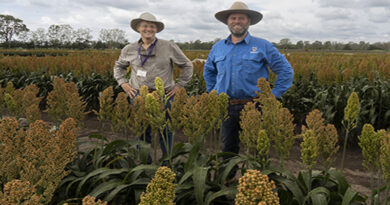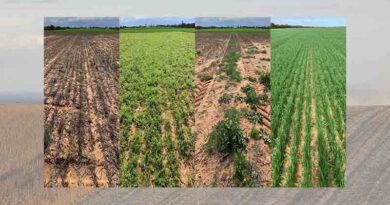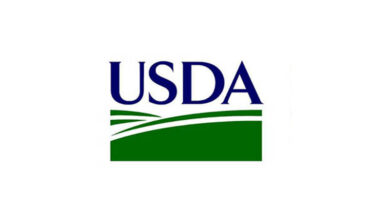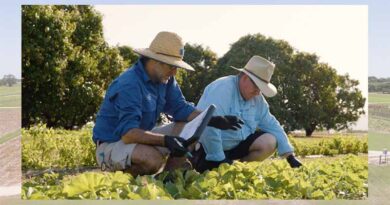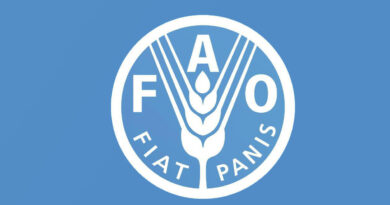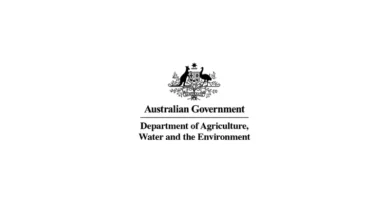New guide on water use for dryland cropping
27 January 2024, AU: Managing for increased water use efficiency on dryland cropping enterprises requires sound agronomic decisions based on the latest research for variable soil and crop types, understanding factors such as soil moisture that cannot be seen and pre-empting rainfall forecasts that are uncertain.
An understanding of these challenges helped drive Grains Research and Development Corporation (GRDC) investment in a new publication – Water Smart Farming, designed to simplify the complexities of all aspects of dryland cropping water management.
A one-stop-shop for growers and advisors looking to learn more about crop water use and improving water use efficiency (WUE), the manual covers a range of topics including how crops use water, plant available water capacity, using technology to improve water use efficiency, and managing risks associated with dryland cropping.
GRDC’s sustainable cropping systems manager – north Mark Callow says maximising water use efficiency is more readily achieved when agronomic decisions are based on recommendations derived from the latest research on maximising rainfall and increasing yield.
“All this great research has led to significant leaps in knowledge, The Water Smart Farming manual collates the latest knowledge into a single document with sub-topics including soil characterisation, agronomic decisions and climate forecasting,” Dr Callow says.
The manual was written by industry-leading researchers and agronomists from across Australia, including CSIRO principal research scientist Kirsten Verburg and Principal Scientist of climate applications with the Department of Primary Industries and Regions’ research and development arm, the South Australian Research & Development Institute (SARDI), Peter Hayman.
Dr Verburg says the manual is a valuable resource for growers and advisers that combines information from one of her research specialties – plant available water – with that of in-season crop water use, and details how management can influence both.
“Often the management strategies for these two topics are presented separately,” she says.
“This integrated manual is presented as a series of chapters covering different topics, which growers and advisers can read in order or out of sequence, which is a good approach for a topic as complex and inter-woven as farm water use.
“For example, a grower might start by assessing their soils against locally specific databases in Chapter 2, before referring to Chapter 3 to choose how to pick the best reference site for plant available water characterisation.
“They might then choose to refer to Chapter 7 for soil moisture monitoring, before going back to Chapter 4 to work out how to use the soil water information in their variety selection.”
Dr Hayman says combining water use with climate forecasts can help growers make practical agronomic decisions.
“In the past we’ve often written on risk in farming with a general sense that bad things can happen — a sort of ‘don’t run with scissors’ type advice,” he says.
“In this manual we have looked at risk assessment from a more quantitative perspective and put numbers to risks in order to demonstrate how growers can use seasonal climate forecasts in decision-making, even though the forecast is uncertain.
“For example, we’ve included a step-by-step example of modelling urea top dressing based on input and grain prices alongside forecasts, to look at the upside opportunity and downside risk of topdressing”.
Also Read: Exclusive: Why is Mancozeb important for UPL?
(For Latest Agriculture News & Updates, follow Krishak Jagat on Google News)






